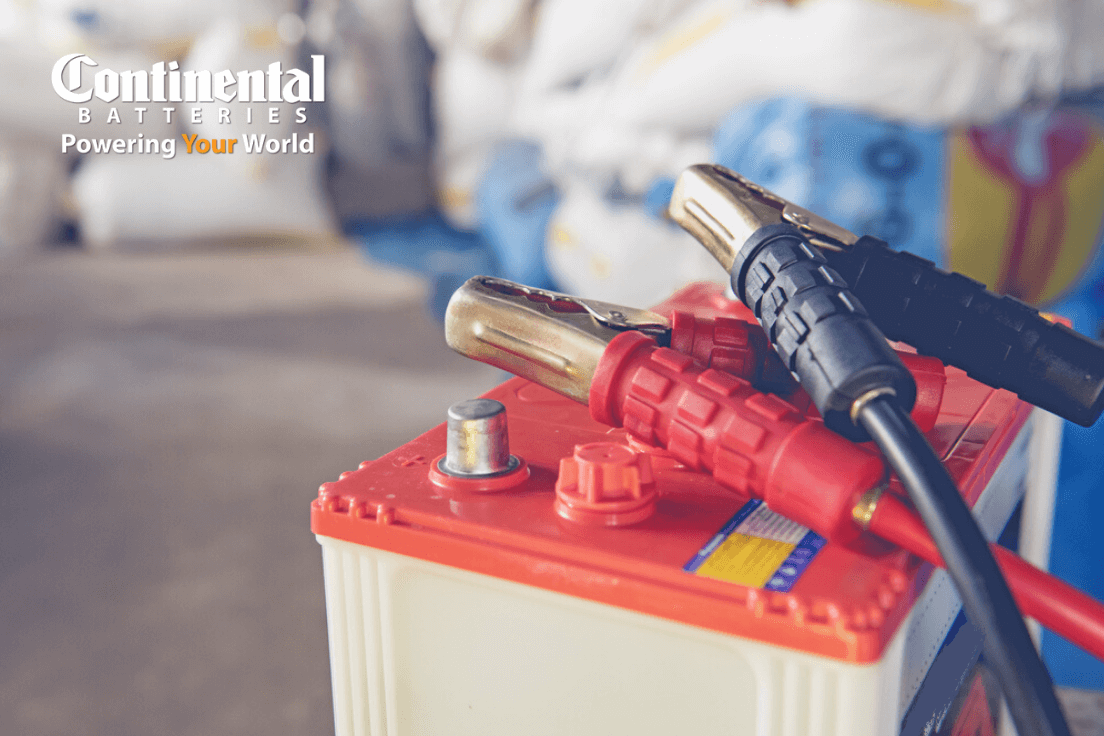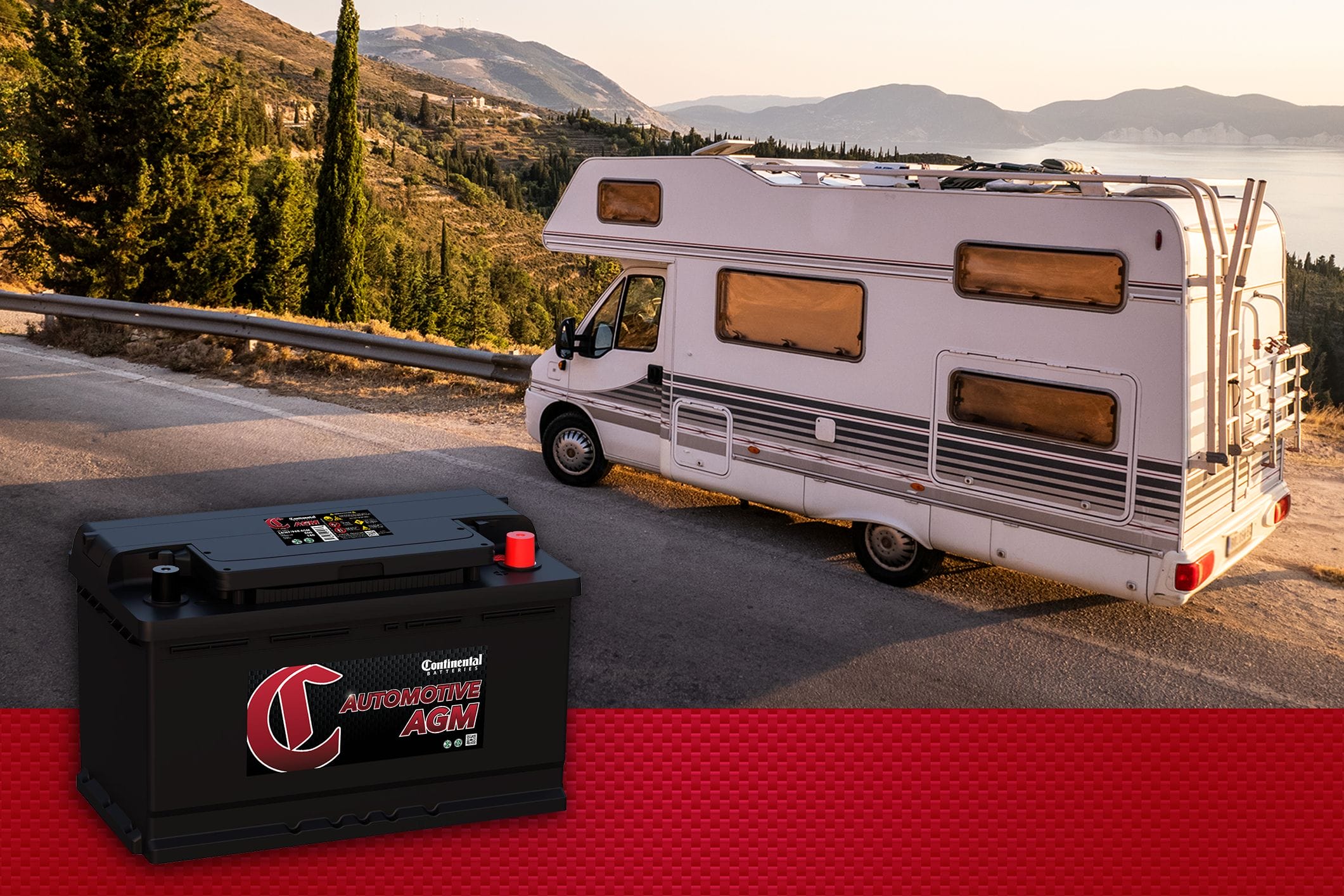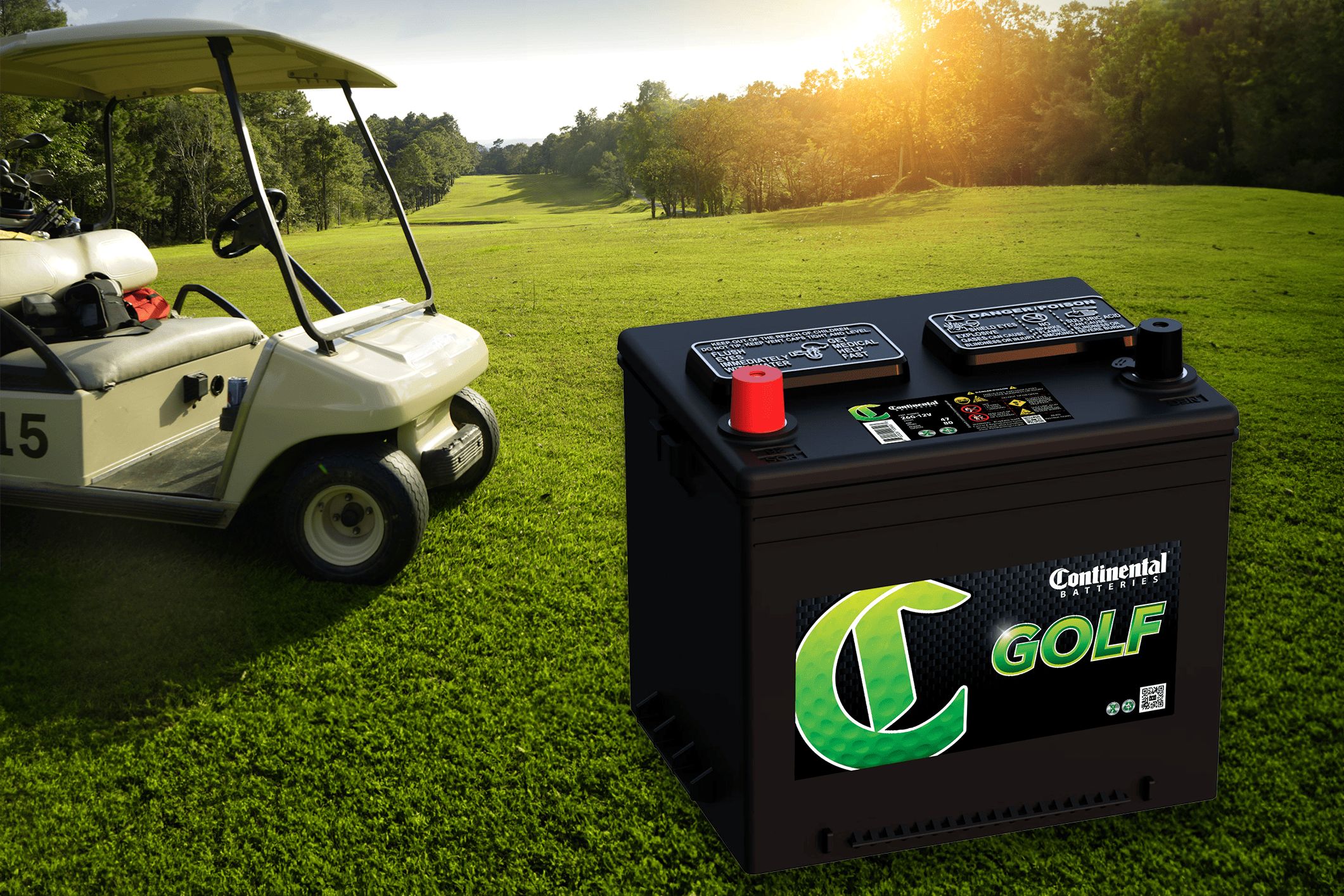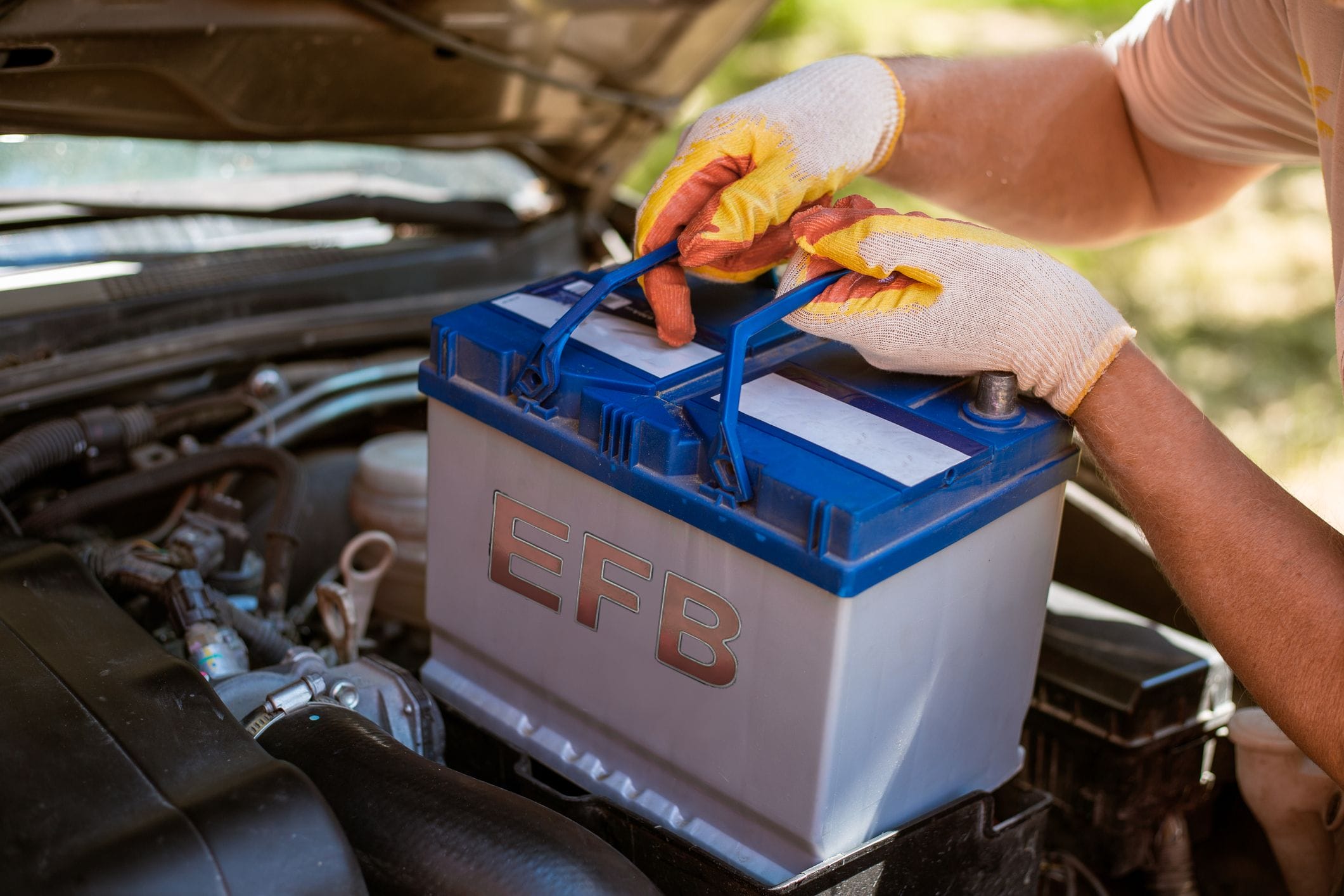
Car batteries power over 1.2 billion vehicles around the world. They’re a critical component that allows our cars, trucks, and SUVs to start and get us from point A to point B.
While everyone knows what a car battery is, many people are unsure as to how they work. For example, there are several chemical reactions that take place inside a car battery, and explaining that process in simple-to-understand terms can get somewhat complicated.
We want to take this opportunity to answer some common questions that people have about the batteries that power their vehicles. By the end of this blog post, we hope we will have de-mystified one of the most critical components of your car.
How Does a Car Battery Work?
This is probably one of the most common questions asked when it comes to car batteries. It would take an entire blog post to explain exactly how a car battery works, so we’re going to summarize it below:
Most, but not all, passenger vehicles on the road use what’s called a “lead-acid battery”. Inside the sturdy plastic casing are several metal plates that are surrounded by sulfuric acid. A reaction between the two takes place, which produces chemical energy. The battery then converts the chemical energy into electrical energy, and this is what starts and powers your car.
Will Any Kind of Battery Work in My Car, Truck, or SUV?
No. If you require a new car battery, you should pay close attention to make sure that it’s designed specifically for your car. The owner’s manual of your vehicle will tell you exactly what kind and type of battery you’ll need to use. The reason for this is due to the physical size, placement, and cranking power of the battery. If you use a battery that’s designed for a smaller car, you run the risk of your car not starting or the battery dying out sooner than later.
The climate you live in can also determine what kind of battery you’ll need. For example, if the area you live in experiences freezing winters, you’ll need a battery that will be able to perform and withstand the low temperatures. This is called “cranking power” and is determined by a variety of factors, such as outside temperatures along with your engine size and type.
Can My Car Battery Freeze?
A fully charged lead-acid battery has a freezing point of below -40F. If the battery is fully discharged, the vast majority of the sulfate ions inside have been consumed, and what’s left is an electrolyte solution that’s comprised mostly of water—that has a freezing point of 32F.
For those who live in cold climates, it’s common to come out to your car on a freezing day, and the battery won’t accept a charge current. At this point, it will need to be warmed up before it will accept a charge. Once it’s charged up completely, it won’t freeze until it’s fully discharged again. (can this be simplified?)
How Much Do Car Batteries Weigh?
A standard car battery weighs anywhere from 29 to 50lbs.
Do I Need to Add Water to My Car Battery?
The vast majority of newer car batteries are now classified as “maintenance-free.” This means that their cases are sealed and the vents caps are inaccessible. They are designed so that you will never have to open them up to top them off with water or acid.
Can One Car Battery Charge Another Car Battery?
The short answer is “no.” The long answer is that a battery by itself does not contain enough voltage to kick-start the chemical reaction needed for a depleted battery to start recharging. A standard car battery contains a 12.9 open-circuit voltage, and for the charging process to begin and move at an acceptable rate, you need at least 13.5V.
What’s the Order for Jump-Starting a Car?
When using your car to jump-start another vehicle, you’ll need to connect the jumper cables in a specific order to help prevent your good battery from getting damaged. Here is the correct order:
- Connect the red jumper cable to the positive terminal on the dead battery.
- Connect the other red jumper cable to the positive terminal on the good battery.
- Connect the black jumper cable to the negative terminal on the good battery.
- Finally, connect the other black jumper cable to a metal part of the car with the dead battery. Try to find an unpainted surface to ensure a good ground.
How Do I Know if My Car Battery is ready to be replaced?
You’ll need to use a load testing device or an electronic battery tester. It will clearly tell you if your battery is struggling. Alternatively, if you don’t have a testing device, you can usually take it to an auto parts store or a mechanic, and they will be able to tell you if your battery needs to be replaced.
How Long Will a Car Battery Last?
It depends on the usage of the battery and the climate you drive in. The average life for a standard lead-acid battery is anywhere from four to five years. It can be much shorter in hot climates. If you have an aftermarket stereo system, video players, or other accessories, they can shorten the lifespan of your battery as well. If you regularly drive on rough, bumpy roads the extreme vibration can wear a battery down quicker.
Can I Replace My Car Battery by Myself?
Most car batteries are relatively easy to replace. Keep in mind that depending on the size of the battery, they can weigh anywhere from 29 to 50lbs! If you choose to install your car battery by yourself, it’s best to have someone alongside you in case you need help. Always follow recommended safety precautions and the owner’s manual for the vehicle for specific maintenance procedures prior to replacing your battery.
What’s the Difference Between a Regular Car Battery and an AGM One?
A regular car battery uses a liquid electrolyte that’s composed of sulphuric acid and water. This severely limits the placement of the battery in your car. An Absorbed Glass Mat (AGM) battery uses a paste instead of a liquid electrolyte. This gives it a slightly reduced weight, and it will charge a bit faster than a standard one. It can also be mounted sideways and in other areas where a conventional battery cannot.
How Do I Preserve My Car Battery if I’m Storing My Car?
If you need to put your car in storage for an extended period of time, you should disconnect the car battery. To help preserve it, you can connect the battery to a maintainer or charge the battery every two months on a regular charger.
Can I Use a Car Battery for My Boat?
While you technically can, it’s strongly advised that you do not. A car battery isn’t necessarily built to withstand the rough environmental conditions found on a boat. Not to mention, you run the very real risk of the battery dying at the most inopportune time. The last thing you want is the car battery you’re using on your boat to die when you’re in the middle of a lake or out on the ocean. The only type of battery that you should use for a boat is a deep cycle or starting marine battery.
Are Maintenance-Free Batteries Really Maintenance-Free?
Yes and no. Yes, in the sense that you won’t have to perform maintenance on the battery, however, there are a few things that you should do regularly to help ensure the longevity of the battery. For starters, if you have known shorts in the electrical system of your car, get those fixed ASAP. Check the battery leads (the wires that connect to the battery) every so often to remove any corrosion, ensure the cables are not cracking, and that the nuts haven’t come loose from the clamps.
Does the Car Battery Warranty Indicate Performance?
No, it does not. The performance of your car battery is based upon the construction, design, and capacity. A warranty is just that—a guarantee for a set period of time that varies from manufacturer to manufacturer.
Can a Lead-Acid Battery Develop a Memory?
No, they cannot. The term “memory effect” describes when a nickel-cadmium battery, such as the ones used in some consumer electronics, is repeatedly recharged after only being partially discharged. Also known as a “lazy battery,” it results in a partially charged battery. Lead-acid batteries do not and cannot suffer from this effect.
Can I Recycle My Lead-Acid Battery?
Yes, you can! A lead-acid battery is comprised of 100% recyclable materials, such as lead, plastic, and in some cases, even the electrolyte. Some auto parts stores may have a lead-acid battery recycling program. If not, check with your local city hall to see if they have a recycling center where you can bring your dead car battery. Any Continental Battery Location will also be happy to help you recycle your old battery.
Can “Going for a Drive” Recondition My Dying Car Battery?
No, it cannot. The charging system in your vehicle is designed to provide enough charge to maintain the battery in a healthy state. If the battery in your vehicle is already having issues cranking the engine, a jumpstart followed by a short drive is only a temporary solution. The recommended way to fully recondition a car battery is to hook it up to a multi-stage battery charger. All that being said a once weekly drive will help a healthy battery stay that way.
Continental Car Batteries
We hope this frequently asked question guide has helped you gain a better understanding of your car battery. At Continental Battery, we’ve been providing our customers with high-quality batteries for well over 85 years.
We’re dedicated to developing and maintaining great, and long-lasting customer
relationships backed up by our superior quality products. Contact us today to learn more about our company and our full line of car, marine, and golf cart batteries.






